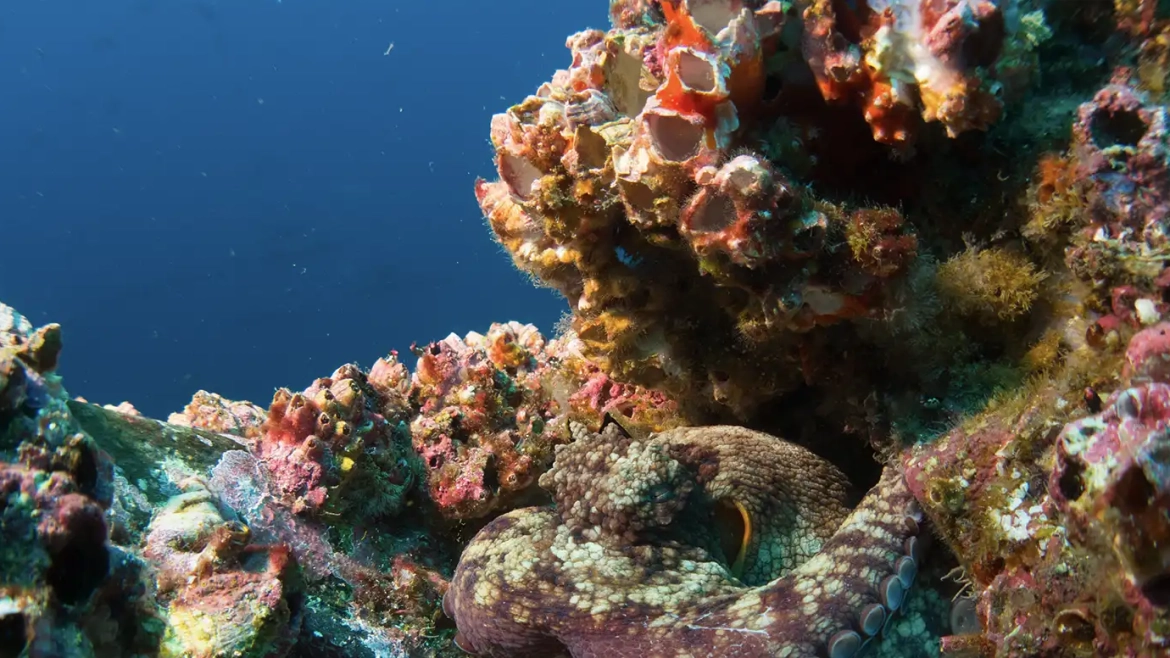Do you want to know what the best Catalina Islands dive sites are? As a diver, you want to explore the depths of the islands and encounter diverse marine life.
However, with numerous dive sites scattered across the archipelago, choosing the right one can take time. As such, you must know where to begin and which sites offer the most exciting encounters with marine creatures and incredible underwater landscapes. That’s when we come in.
At Bill Beard’s Costa Rica, we’re your go-to resource for navigating the Catalina Islands’ dive scene. With firsthand insights and practical advice, we ensure every dive is unforgettable.
Why Dive at Catalina Islands, Costa Rica?
Scuba diving in the Catalina Islands gives you an up-close encounter with the abundant marine life that calls these waters home.
This archipelago comprises approximately 20 small islands and offers unparalleled encounters with many underwater creatures. Among the highlights are the seasonal migrations of Pacific giant manta rays from November through April.
You can also expect sightings of spotted eagle rays, devil rays, southern stingrays, cow-nosed rays, sea snakes, turtles, eels, and an array of tropical fish.
Moreover, during specific times of the year, you might even spot white-tip sharks, whale sharks, tiger sharks, and humpback whales.
9 Top Dive Sites at Catalina Islands
Another highlight of diving at Catalina Islands is the diversity of dive sites available. Keep reading to learn more about what you can find at each one of them.
Catalina Grande
Catalina Grande, also known as “Big Catalina,” is a special place among advanced divers because of its incredible underwater encounters.
Descending to depths ranging from 45 to 120 feet, you might spot giant manta rays gliding through the waters. This dive site also allows you to see elusive white-tipped reef sharks.
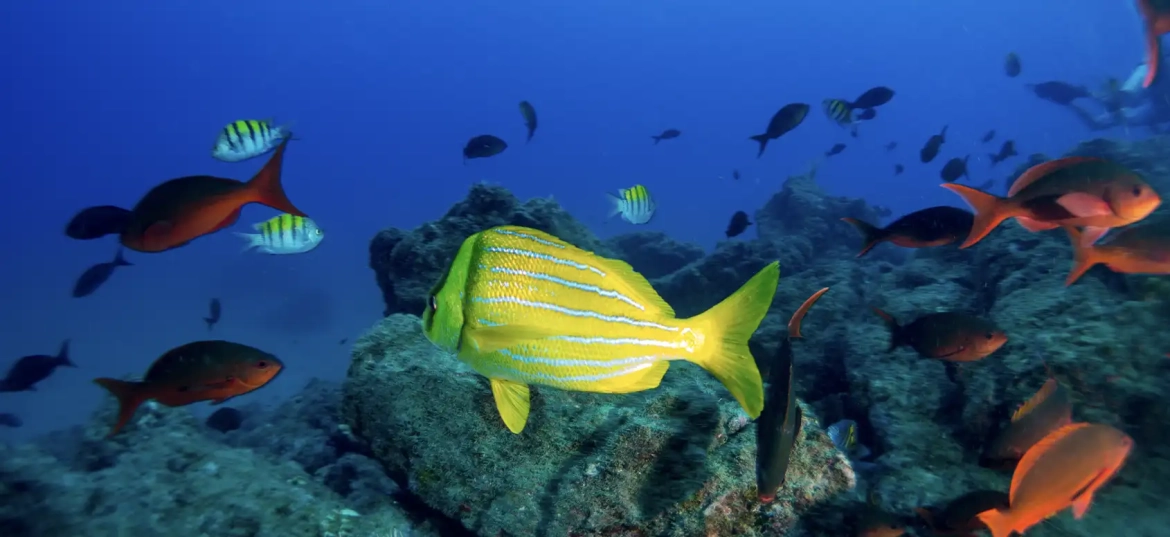
Little Cupcake
With depths between 45 and 100 feet, this site provides an opportunity to encounter a variety of fascinating marine species.
You can expect to encounter schools of king angelfish and parrot fish. Additionally, it’s possible to see white-tip reef sharks, eagle rays, devil rays, stingrays, eels, scorpion fish, octopus, schools of grunts, lobsters, nudibranchs, and the occasional seahorse.
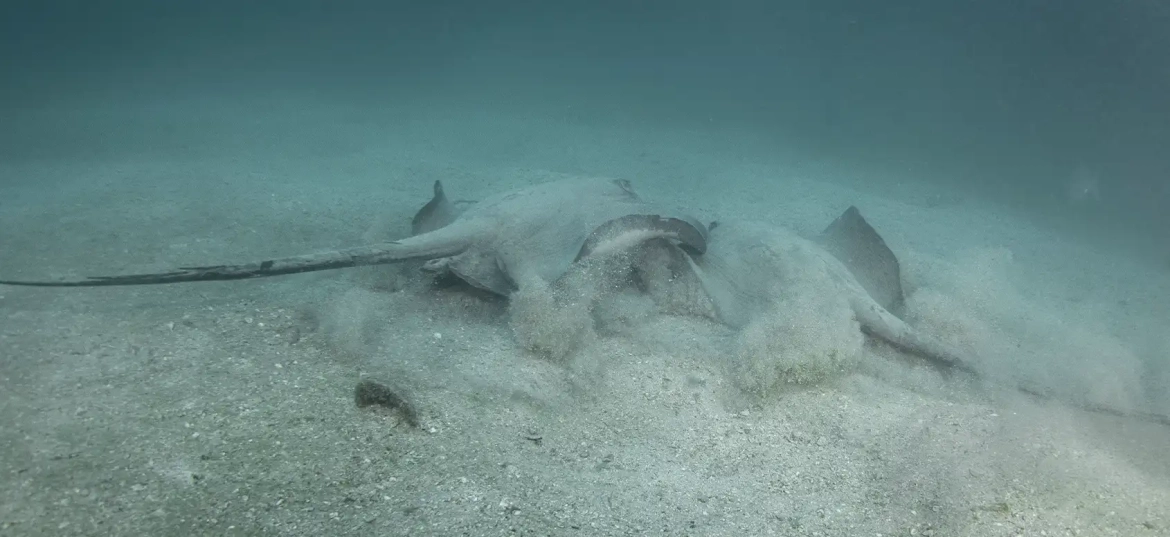
Big Cupcake
Big Cupcake allows you to encounter amazing marine life at depths ranging from 45 to 120 feet.
Similar to its smaller counterpart (Little Cupcake), this dive site is known for hosting large schools of king angelfish. As such, you’ll see them showcasing their stunning neon-purple, electric-blue, and various other captivating colors.
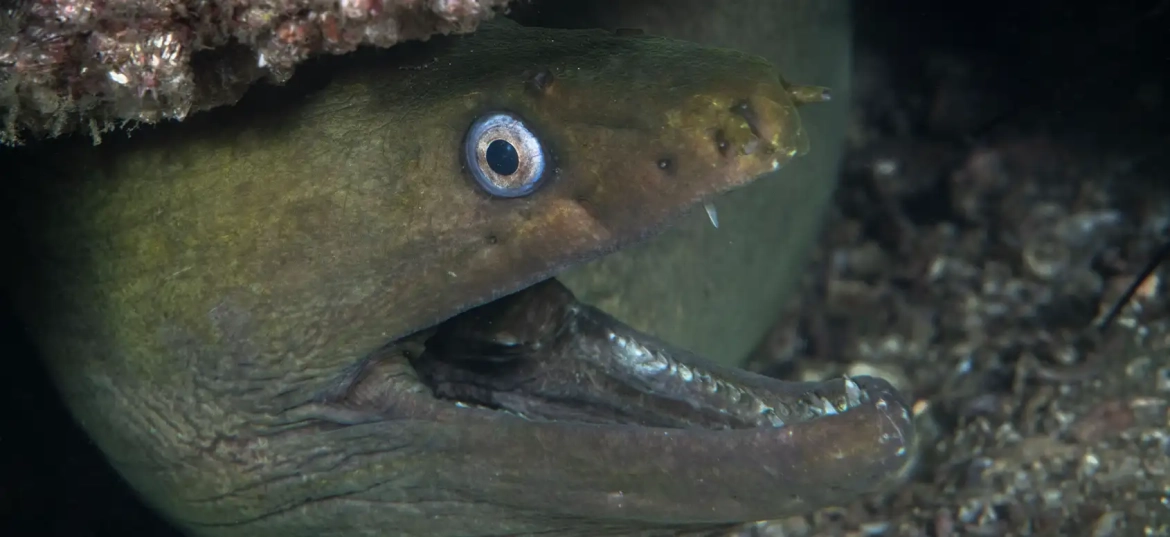
Dos Sombreros
Dos Sombreros derives its name from the twin islands that emerge from the water, resembling sombrero hats. These formations create an underwater landscape with steep rock walls that attract diverse marine life.
You can explore depths ranging from 30 to 45 feet towards the north, where you’ll encounter harlequin shrimp, nudibranchs, and seahorses. It’s also a great site because of the excellent diving conditions, such as a water temperature between 65 and 80 degrees F (18 and 27 C).
While diving here, look for mantas, eagle rays, devil rays, whitetip sharks, and schools of grunts.
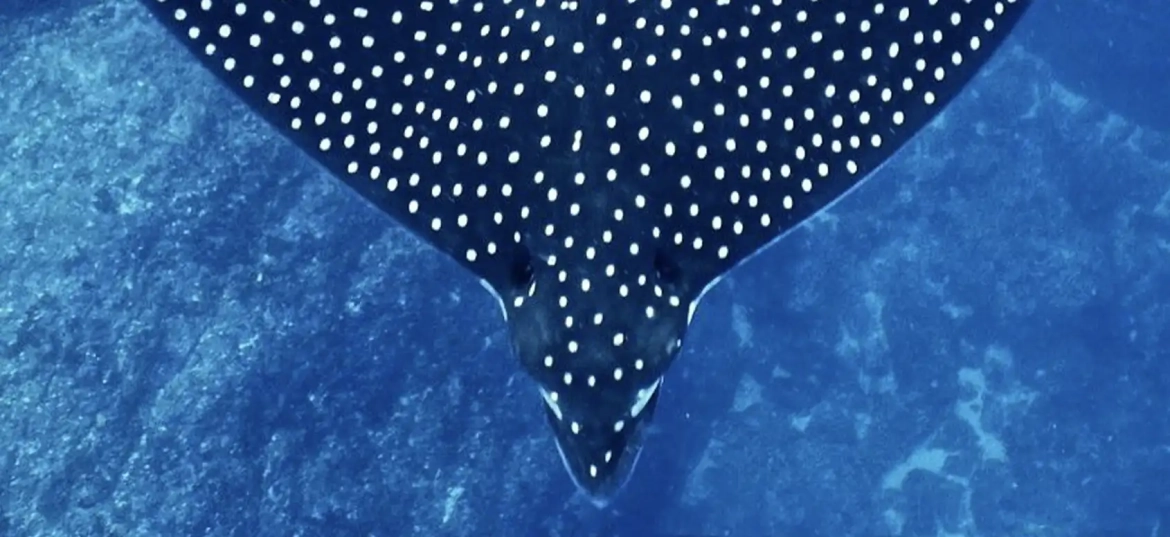
Elefante
For unforgettable ray and shark sightings, divers turn to Elefante or Elephant. This dive site was named for its rock formations resembling elephants, which are particularly visible during low tide.
You can explore in different directions, with options to descend to depths of 90 feet or remain at a shallower 40 feet. Water temperatures at Elefante range between 65-80 degrees F (18-27C), offering comfortable diving conditions.
Common sightings include white-tip reef sharks, various species of eels, eagle rays, round rays, octopus, schools of grunts, angelfish, surgeonfish, lobsters, and the occasional nudibranch.
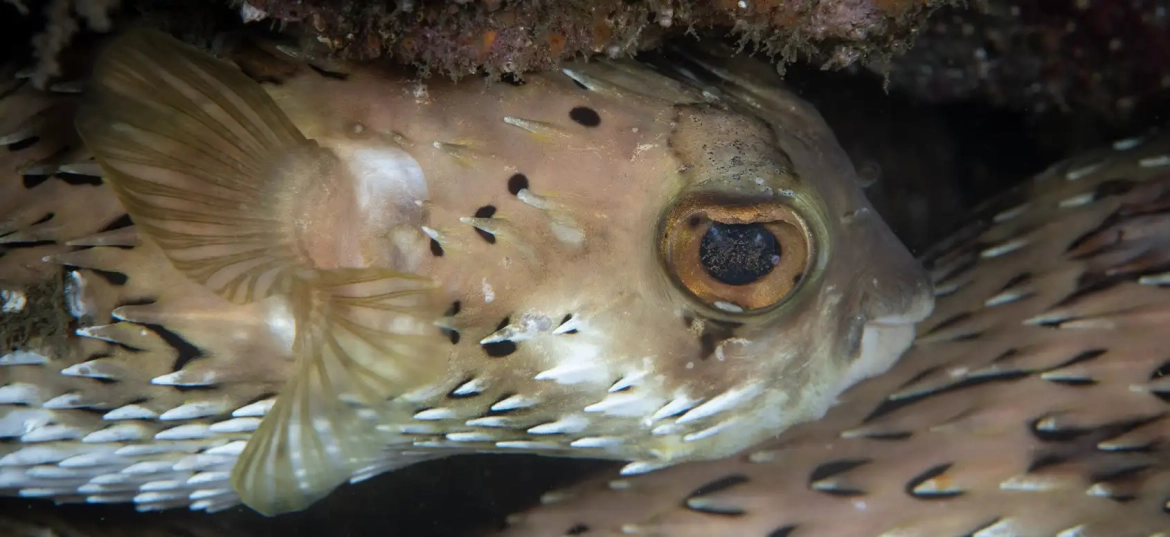
La Pared
If you’re looking for a more challenging dive, La Pared or The Wall should be on your list. This site offers diving depths ranging from 40 to 70 feet and can be subject to rough conditions during strong swells, which may make some channels difficult to explore. Similarly, water temperatures range between 65-80 degrees F (18-27C).
Common sightings include white-tip reef sharks, eagle rays, southern stingrays, moray eels, octopus, schools of big-eye jacks and grunts, Moorish idols, and seahorses. Additionally, the site is known for its seasonal appearances of devil rays, cow nose rays, black tip reefs, and bull sharks.
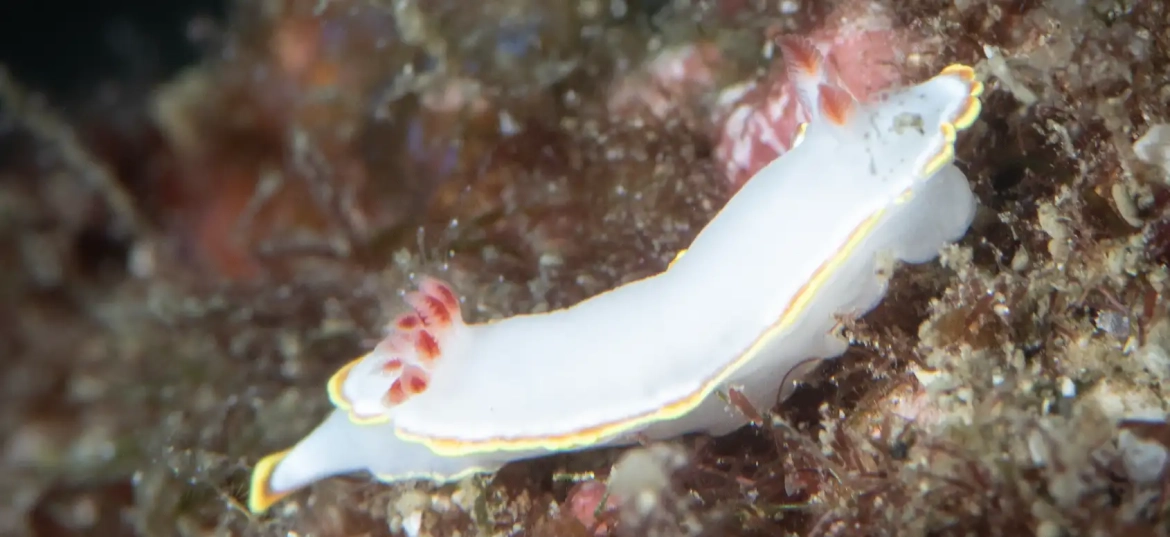
Peligrosa
Despite its name, Peligrosa, or “Dangerous,” this dive site is as safe as any of the archipelago’s other dive sites.
Located approximately 3 kilometers south of the Catalina Islands, it offers depths ranging from 40 to 100 feet and is renowned for its stunning coral formations. Water temperatures typically range between 65-80 degrees F (18-27C).
While it’s not recommended for novice divers due to the varying depths, it provides an excellent opportunity for advanced open-water divers to explore and photograph the diverse marine life that inhabits the area. Here, you might spot reef fish, occasional large schools of mobula rays, and sharks.
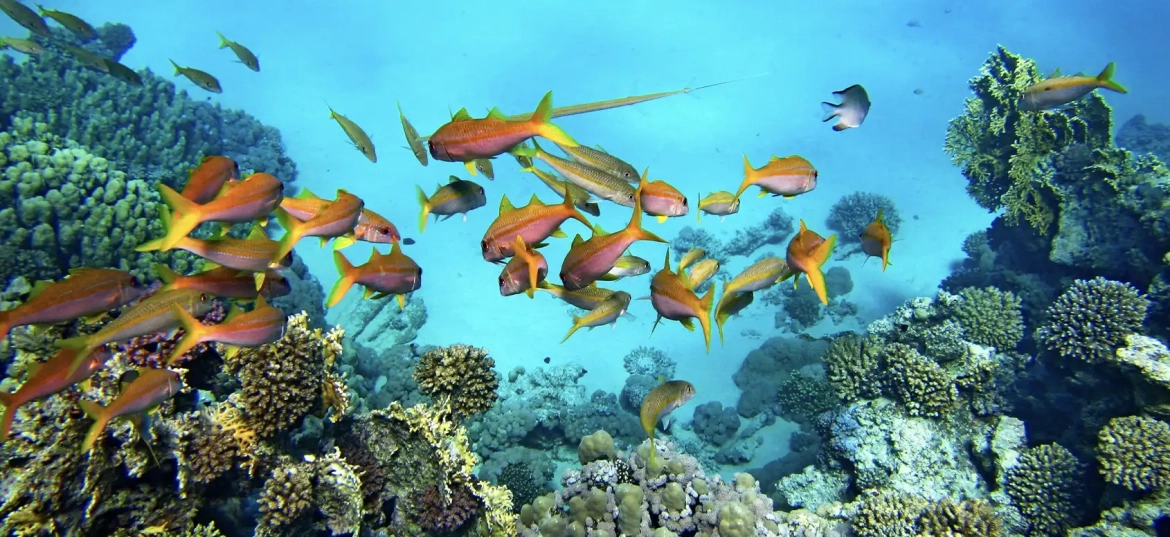
Roca Sucia
Roca Sucia, also known as Dirty Rock or The Window, is one of Catalina’s top dive sites. It is named for the bird droppings that mark its above-water rocks.
Divers are drawn to its diverse marine life, with sightings of king angelfish, surgeonfish, and barberfish among its highlights. Moreover, giant mantas are known to cruise by, using the king angelfish for cleaning.
Other inhabitants include moray eels, octopuses, large schools of fish such as jacks and grunts, round rays, and occasional sightings of seahorses or whitetip reef sharks.
Lastly, Roca Sucia’s depths range from 45 to 100 feet, with temperatures between 65-80 degrees F (18-27C) and strong currents, making it a dive site only for experienced divers.
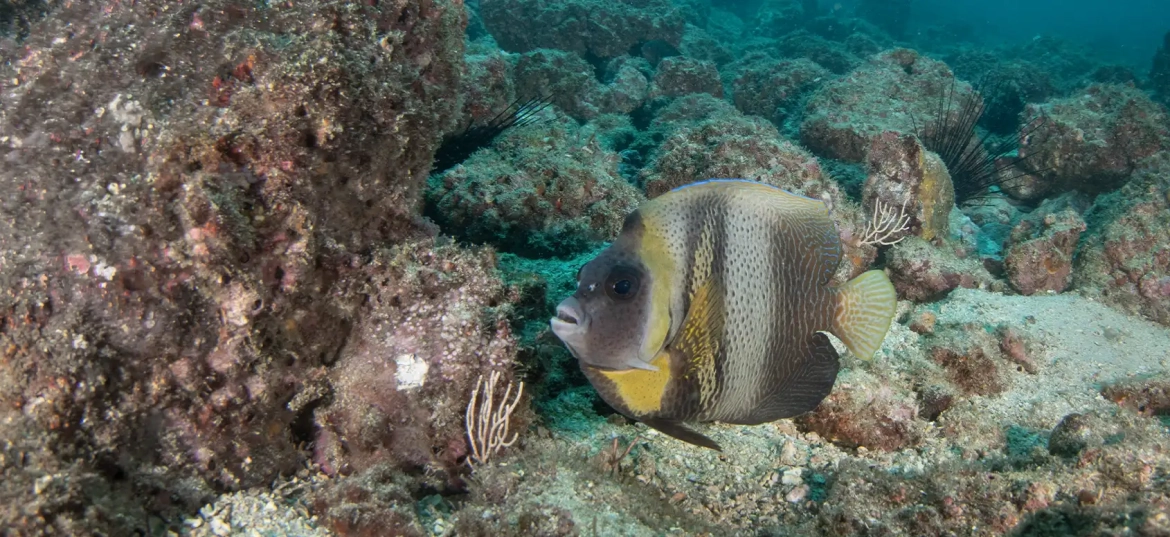
La Punta
La Punta, or “The Point,” offers a chance to explore depths ranging from 40 to 110 feet. Known for its free descent and abundant marine life, including white-tipped reef sharks and giant stingrays, the site features two large cleaning stations. However, you should be prepared for strong currents.
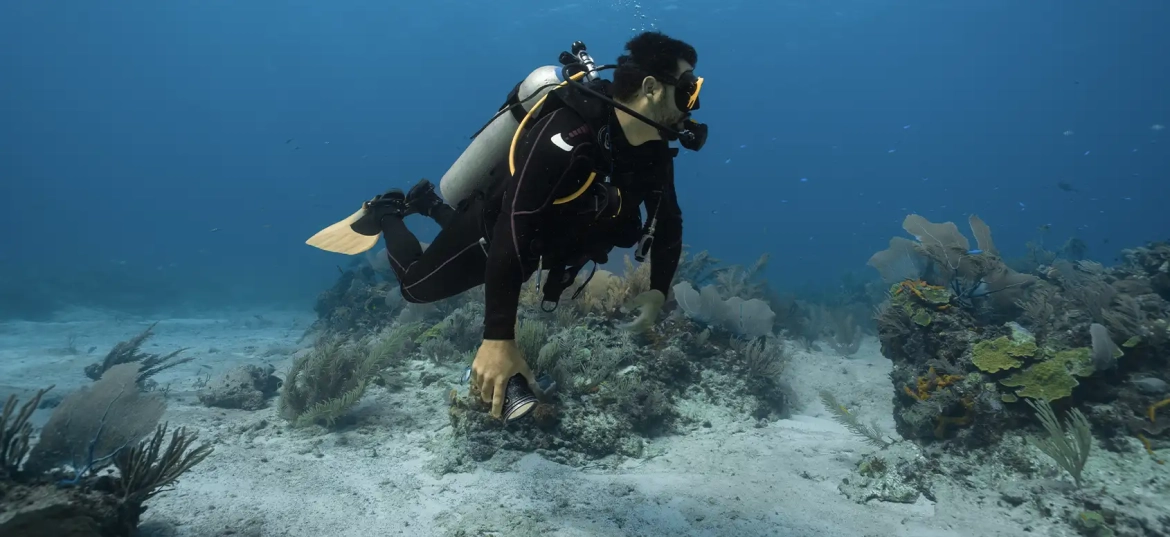
How to Get to Catalina Islands’ Dive Sites?
Dive boats are the primary mode of transportation to reach the dive sites around the Catalina Islands. These boats depart regularly from main coastal hubs such as Tamarindo, Playa Flamingo, Conchal, Playa del Coco, and Papagayo.
If any of these sites caught your attention, join our 2 Tank Dive | One-Day Premier Catalina Islands Dive Tours Experience, departing from Playa Hermosa at 8:00 am and returning around 2:00 pm. Our high-speed boats ensure a swift journey, reaching Catalina Island in just 20 minutes.
We offer a 2-Tank Dive Tour, priced at $150 per person, and a 3-Tank AM Boat Dive Tour, available for $190 per person for a more extended adventure. Please note that a minimum of 4 people are required to run the trip from Playa de Coco, Ocotal, Hermosa, or Panama.
Planning Your Dive Trip
When planning your dive trip to Catalina Islands, consider the following aspects:
Best time to visit
Catalina Islands offer excellent diving conditions year-round. However, many divers consider the best time to visit from January to March, when the weather is favorable. However, you may experience cooler water and swells.
But if you prefer the rainy season, be prepared for stronger currents, reduced visibility, and increased marine life activity.
What to bring
- Diving mask
- Fins
- Regulator
- Wetsuit
- Dive computer
- Surface marker buoy
- Personal dive logbook
- Underwater camera
- Sunscreen
- Hat
- Sunglasses
- Towel
- Change of clothes
- Waterproof bag for valuables
Certification required
Because of the occasional strong currents, you are typically required to hold an Open Water Diver certification or higher to participate in diving trips around the Catalina Islands.
The good news is that some dive operators offer introductory dive experiences for non-certified divers under the supervision of a qualified instructor.
Explore the Catalina Islands with Bill Beard’s Costa Rica!
If you want to explore the depths of Costa Rica’s Catalina Islands and encounter diverse marine life and vibrant underwater landscapes firsthand, look no further than Bill Beard’s Costa Rica.
We specialize in creating tailored dive experiences for Catalina Islands dive sites. With our expert team and focus on safety, we ensure every dive is enjoyable and memorable. Contact our team at Bill Beard’s Costa Rica now to book your dive trip. Dive Catalina Islands today!
Stay connected:
- Direct: 954-453-5044
- Fax: 321-400-1404
- Toll-free: 877-853-0538
- Local number (Costa Rica): 2479-7089 (Available from 9-5 PM)
- Office hours: 8-6 CST M-F & Sat 9-5 CST
- Email: agent@billbeardcostarica.com
FAQs
How much does it cost to scuba dive in the Catalina Islands?
The cost of scuba diving in the Catalina Islands can vary depending on factors such as the dive shop or tour operator and the package you choose. Generally, single dives or dive packages range from $95 to $190 per person. Contact us for specific pricing and dive package options.
How deep is the dive at the Catalina Islands, Costa Rica?
The depth of the dive around the Catalina Islands varies across dive sites. In many locations, the water depth ranges from 15 to 30 meters (50 to 100 feet). However, some areas may have deeper sections, reaching beyond 40 meters (130 feet) or more.
What are the safety measures to consider when diving in Catalina Islands?
The safety measures to remember when diving at Catalina Islands include diving with a certified instructor, checking equipment thoroughly, and carefully planning dives.
Additionally, stay within your limits, respect marine life, and familiarize yourself with emergency procedures.

